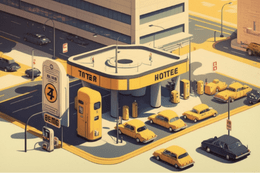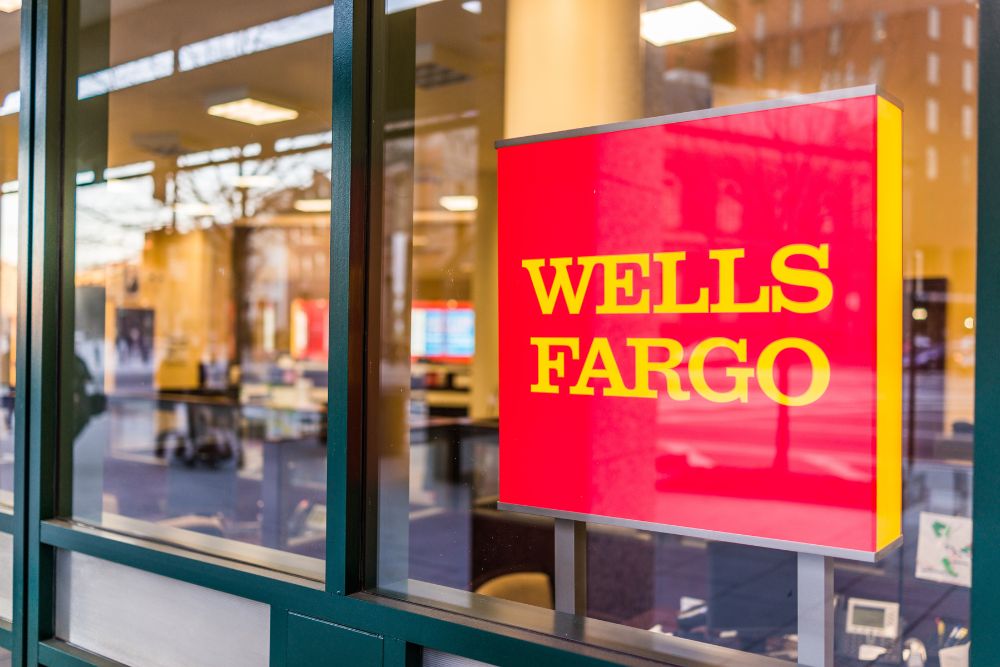Are you struggling with bad credit? Don’t worry, you’re not the only one. There are financial institutions that can help you qualify for a credit card despite your credit rating.

Credit problems are not only an inconvenience. They can get in the way of your plans and prevent you from managing your finances efficiently and reasonably. If you don’t have access to a line of credit, it’s much harder to overcome unexpected financial difficulties. Whatever type of credit you have available is bound to be pricey, drowning you in expensive interest charges, maintenance fees as well as other costs.
With bad credit, you may think you have no chance of getting a credit card.
“Since the 2009 financial crisis, creditors have been more willing to deal with customers with poor credit,” said Michael Steinberg, credit analyst at Wells Fargo.
Find out how getting a new one can improve your credit rating.
What Benefits Are There to Applying for Another Credit Card?
If you currently hold one, there are numerous reasons why you might want to apply for another credit card. You might think it’s a bad idea to open one while your creditworthiness is compromised, but it might provide the extra push to rebuild your credit rating. Among the most valuable reasons to apply for a credit card are these:
Consolidating Debt Using Smaller Interest Rate Offers
Many credit card companies make introductory offers with zero or low interest rates to attract new customers.
“If you qualify for this offer, it presents a fantastic opportunity to consolidate any other unsecured debts you may have, particularly those with high interest rates such as credit cards,” said Steinberg.
However, you must successfully repay the original balance before the end of the introductory period. Otherwise, you will have to pay interest.
Ability to Use Various Cards for Specific Purposes
Each credit card has specific terms and benefits. Having multiple cards allows you to use some of them for specific purposes. For instance, one card may earn more reward points at service stations, while another may help you achieve triple points at groceries. Each card can be used where it generates the highest rewards.
Diversification of Available Credit
Having only 1 or 2 lines of credit means that your current available credit is essentially spread out among some banks. It is hazardous because potential lenders can only look at one or two different sources to review your credit score. Thus, an automobile loan, a mortgage or a secured loan is insufficient.
“Creditors value diversity and want to see revolving, unsecured credit; another credit card is an ideal solution,” said Rob Walsh, risk manager at RBC.
Managing High-Rate Debt
If you are accumulating numerous debts from lines of credit with high-interest rates, transferring them to a lesser interest rate card is advantageous. Although the rate is slightly lower, you could save much money. Keep an eye out for cards allowing you to transfer your outstanding balances with zero or little cost.
Improving Credit Utilization
The amount of disposable credit you utilize greatly affects your credit rating. This percentage is called Total Credit Utilization, and you should try keeping it at or below 30%. To improve it quickly, consider getting another credit card. That way, you boost your credit limit globally. Say you owe $1,000, and your available credit is only $1,500. By opening a card with a limit of $1,000, you will increase your global utilization rate significantly. Be careful not to exceed the limit on this new card.
A New Credit Card for People with Poor Credit
Getting a credit card again can be hard when your credit could be better, no matter how useful it is. But it doesn’t necessarily mean it’s impossible. Some options are available if you have poor credit.
Secured Credit Card
A money deposit secures this type of card. Your current line of credit is equivalent to your warranty. It means that the issuer runs a much lower risk; if you miss a payment, your deposit can be used. The balance on this secured credit card is subject to interest, but the amount of your balance cannot be higher than your deposit. The risk of being overextended is eliminated.
“Build your credit with a secured credit card by simply using it a limited number of times each month and making the full payment each time,” said Walsh.
A deposit of $200 or more is usually required for secured credit cards, as well as an annual fee.
Subprime Credit Card
Consumers with poor credit often choose to take out a secured credit card, but there are other options. The market for a consumer with low, poor or no credit is considerable. To get one of these cards, you have to go through an extensive credit check. Above all, you must agree to pay the costs associated with subprime credit use, which can be substantial. The norm is to charge 30% or higher interest rates, and you may end up paying service fees, monthly fees, processing fees and more.
Unsecured Credit Card for Poor Credit
Although the marketing of these cards differs, they share many similarities with subprime cards: their interest rates and charges are high. Nevertheless, these unsecured cards are occasionally given to individuals who initially had secured ones. After opening a credit file with a secured credit card, it is possible to switch to a non-secured card suitable for those with poor credit. Only use one of these credit cards once your credit has improved enough to get better alternatives.
Retail Credit Card
If you can’t get an unsecured credit card, apply for a retail credit card. It is usually only available at certain stores, and its credit limits are low. Even so, credit bureaus report them, and they can strengthen your credit rating. These cards usually have a high-interest rate, so be careful.
Choosing the Best Card with Your Credit in Mind
As you know, nothing is impossible if you want a new credit card and your credit is in bad shape. No matter what your financial situation is, always check out the market. Compare offers from different cards, especially rewards, eligibility criteria, interest rates, promotional offers and other features, so you can find the one that’s right for you.
This process is simple: consult online sites and view your options in one streamlined way. Instead of agonizing over your poor credit or spending countless hours trying to figure it out, get another card.
“By doing a judicious search, you will find the solution that will allow you to enhance your credit score,” Walsh said.
As with anything else, it’s wise to keep up with the latest polls. It is recommended that you compare options for at least three or four cards before coming to a decision. Doing research online is the fastest and most comprehensive way to discover all the benefits and drawbacks.
Disclaimer : All loans and credit cards are subject to credit and underwriting approval. ConsumersAware.org is an information blog and a search platform, not a lender. ConsumersAware.org only works with advertiser partners and networks that comply with laws and regulations of Canada, United Kingdom, United States, Australia, and New Zealand. Credit cards range from $500 to $50,000 with Annual percentage rates (APRs) range from 12.5% to 19.9% and depend on the assessment of your credit profile. Loans range from $500 to $50,000 with terms ranging from 12 months to 60 months or more. Loans APRs range from 5.99% to 29.8% and depend on the assessment of your credit profile. For example, for a $7,500 loan paid monthly over 24 months, a person would pay $332.40 per month for a total of $7,977.60 over the course of the entire loan period.








